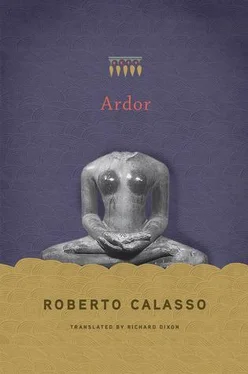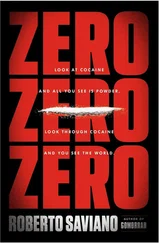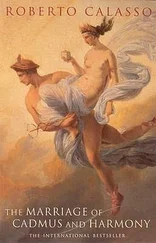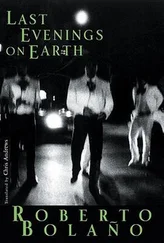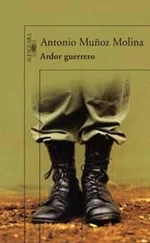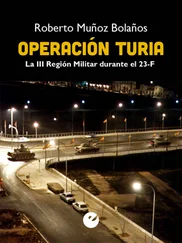Meaning is a work of the mind — and we might say that the mind always keeps company with primordial doubt, when “in the beginning this [world], as it were, existed and did not exist: then there was only the mind.” For the Veda, “mind,” manas , has a sovereign position, but only insofar as it corresponds to a state in which the world itself did not know whether it existed or not. In a certain way, the Vedic absolutism of the mind is much more ready to entertain radical doubt about itself than is scientific empiricism, which always offers its results — however provisional and perfectible — as a verified (and therefore true ) transcription of that which is.
* * *
In many different times and places, a rite was created that practiced the destruction of something in connection with an invisible counterpart. If one of these elements is missing, there is no sacrifice. And, if all three are present, the ceremony can have many different — and even conflicting — meanings. But all will share at least one characteristic: detachment , yielding, abandoning something to an invisible counterpart. If such an action were performed onstage, half the stage would remain empty — the half featuring those for whom the sacrifice was made.
What is more, sacrifice has to have a destructive element. There can be no sacrifice unless something is consumed, dispersed, discharged, poured. And in a large number of cases the ceremony calls for a killing, the spilling of blood. To understand sacrifice we have to understand why, in offering something to an invisible entity, the offering has to be killed.
While the reason for the gesture of offering itself is not too difficult to find (made out of fear or respect, in order to corrupt, to establish a relationship), the reason justifying the act of killing is not at all clear. First, it is not clear why the entity or entities to which sacrifice is made require the offering to be destroyed. Nor is it clear why, even when the sacrifice is centered around the offering of a precious substance ( soma ), the offering must be accompanied by the killing of various animals.
* * *
No theory about sacrifice manages to cover the phenomenon in its entirety. The rite is too plastic, changeable, adaptable to the various motives. Yet there is no difficulty in describing as sacrifices all those acts carried out in remote times and places. What holds them together is not so much the specific meaning as certain preconditions, which are unfailingly there.
And they are the following: that every sacrifice is a formalized sequence of actions addressed to an invisible counterpart; and that every sacrifice implies a destruction — something must be separated from what it belonged to and be dispersed. It may be life, for the animal that is killed; or money, for the taxpayer who is invited to make “sacrifices” (in this case we are no longer talking about ritual, but the word continues to be used in a broader sense); or it may be a liquid, even just water, which is poured as a libation; or a perfume, such as incense, which is dispersed; or the life of the sacrificer himself, as in the Roman devotio. The variants are many and subtle. The motives mean or sublime. The ceremonies age-old or improvised — the Śatapatha Brāhmaṇa described them as “supreme action ( śreṣṭhatamaṃ karma ).” In any case, it still has to be understood why, over thousands of years and in places far apart and unrelated to each other, it was felt necessary to turn to an invisible counterpart, performing a series of gestures that, without exception, include a destruction — and in any case the detachment of something from the animate or inanimate being to which it belonged. Sacrifice is in the first place a caesura , in the original sense of the word, which comes from caedo , to cut, a verb used in sacrificial killing. But, if the sacrifice introduces a caesura into life (into any life), then we must ask what happens if that caesura does not occur. There would then be another caesura , but this time in the sense of interruption , after an incalculable series of acts. The whole history of mankind can be seen from this standpoint, if we consider that evidence of sacrifices can be found from the Paleolithic age onward, long before any verbal testimony. Meanwhile, in certain places, on certain days, blood sacrifices are still performed, even today.
Abdellah Hammoudi, a professor of anthropology at Princeton, a Moroccan of Sunnite family, decided one day in 1999 to make a pilgrimage to Mecca, as numerous relatives, friends, and co-nationals had done. He wanted to understand, as an anthropologist. And to discover what remained of his education as an Islamic believer. The pilgrimage to Mecca imposes various obligations, including the task of choosing a lamb and slitting its throat at the Feast of the Sacrifice. Hammoudi wanted to avoid it. He paid a “charitable works corporation” to perform the act in his place. Hammoudi would be just a spectator.
When the day approached, “in Mina, the sheds looked like a giant concentration camp for animals: two, three, four million heads or more. An immense crowd of pilgrims was preparing to sacrifice them as an ‘offertory,’ along with the sacrifices of expiation or alms … We were gathered here to save our own lives, a salvation requiring that we kill these animals. The mass of pilgrims, who had reached the peak of renunciation — after the station at Arafa, the prayer at Muzdalifa and the stoning at Mina — was about to snuff out millions of lives … Modernization of the hajj certainly had something to do with it: the optimal-productivity animal pens, closed-off areas, grid-like arrangements of space, failsafe security and surveillance systems. Each domain had its own camp: the masses of animals in their sheds and, not far off, the masses of humans in their camps surrounded by high chain-link fences stretching ad infinitum along the straight streets … Police vehicles on the ground and helicopters constantly circling overhead completed the picture. This order would allow the human masses to annihilate the animal masses in the name of God.”
So far as secular society, sacrificial ceremonies are not allowed. Even though the word is still in common use, like a poisonous snake accidentally applied for therapeutic purposes. And then it is always pronounced in worthy contexts, in reference to noble gestures of abnegation and self-denial. But above all it will come back into frequent and timely use in wartime, to describe those killed, all of those killed, including those who were most averse to being killed in a war.
* * *
The ultimate question that sacrifice poses: why, in order to establish contact between human and divine, does a living being have to be killed? Or at least, why does a certain quantity of a certain material have to be destroyed — burned or poured away? Strangely, this very question, which lies at the root of all others, has been avoided in the various conflicting theories about sacrifice. Girard doesn’t avoid it, but this is because he regards sacrifice purely as a social fact, where the divine is just a convenient façade. And sacrificial violence then becomes the outlet for general violence. But if the divine, as the ancient theologians meant it, existed — indeed were the fullness of existence — how could we explain the continual repetition of bloody acts devoted to it?
* * *
Secular society, in its purity, ignores ritual ceremonies. But ridding itself of them is not easy. To achieve this, squads of protestants had to clear the way, leaving as a legacy, among other things, the religious wars, a model for every civil war, and a certain way of behaving, a model for that chimera that was later to be called “secular morality.” Rituals survive in secular society for certain legal necessities: the swearing of oaths in trials, the preset pattern of words in marriages. All the rest are ingrained customs, such as birthdays. The same with military processions or New Year speeches by heads of state. Customs that come and go, practices that we can — if we wish — ignore. Strictly speaking, with a little care and planning, we could avoid being involved in any kind of ritual, from the cradle to the grave. For death there are no rites. Not even at funerals. At such moments even established customs seem particularly feeble.
Читать дальше
